2011 M Sport 328ix Specs Le Mans Blue
The 2011 BMW 3 Series Sedan 328i is a Rear-wheel drive Sedan. It can accommodate up to 5 passengers. It has 4 Doors and is powered by a 3.0L L6 DOHC 24-valve engine which outputs 230 hp @ 6500 rpm and is paired with 6-speed automatic transmission with Steptronic gearbox. The 2011 BMW 3 Series Sedan 328i has cargo capacity of 460 Liters and the vehicle weighs 1525 kg. In terms of ride assists, the 2011 BMW 3 Series Sedan 328i has stability control and traction control in addition to anti-lock brake system (ABS). The vehicle has an optional engine as well It offers Rear park distance sensor and. Safety features also include Driver-side front airbag and Passenger-side front airbag. The front suspension is Independent front suspension while the rear suspension is Independent rear suspension. The car also features a Yes It has 17'' alloy wheels as standard. Electronic features include Cruise Control. For convenience, the car has Power windows and Power door locks. There is also a remote keyless entry feature. Moreover, the car has. The steering wheel has audio control buttons. In terms of performance, the car has 251 N.m of torque and a top speed of 225 km/h. The 2011 BMW 3 Series Sedan 328i accelerates from zero to 60 mph in 7.2 seconds and hits quarter mile at 15.2 seconds. Fuel consumption is 10.9 L/100km in the city and 6.8 L/100km in the highway. The car price starts at $ 41,500
2011 BMW 3 Series Used Price Estimates
Estimates based on a driving average of 12,000 miles per year
| Used Condition | Trade In Price | Private Party Price | Dealer Retail Price |
|---|---|---|---|
| Outstanding | $ 11,880 | $ 14,728 | $ 16,802 |
| Clean | $ 11,038 | $ 13,661 | $ 15,548 |
| Average | $ 9,352 | $ 11,527 | $ 13,039 |
| Rough | $ 7,666 | $ 9,394 | $ 10,531 |
Even entering the sixth year of its present generation, the 2011 BMW 3 Series remains the best entry-level luxury sedan you can buy.
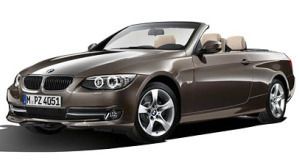
They say that variety is the spice of life. If that's true, the 2011 BMW 3 Series can make things hotter than a habanero. You can get a sedan, a wagon, a coupe and a convertible; there are two turbocharged six-cylinders, a wickedly torquey diesel engine and a regular six-cylinder that's hardly a slouch. Then there are more add-ons to be had than ornaments for a Christmas tree. Yep, there's really something for everyone, which partly explains why the 3 Series has been so popular for so long. Oh, and the fact that it's one of the finest automobiles on the globe may have something to do with it, too.
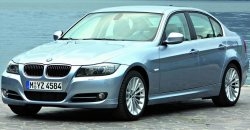
Now in its sixth year since the last full redesign, the BMW 3 Series soldiers on with key changes for 2011. The coupe and convertible get a mild styling refresh that only the keen eyes of Bimmerphiles will notice. More important, though, is an all-new engine for the 335i models. Its output remains the same, but the switch to a single twin-scroll turbocharger in place of the old engine's dual single-scroll turbochargers combines with direct injection to improve fuel economy. Not only is the new 335i thriftier than the old one, it sips slightly less fuel than the 328i.
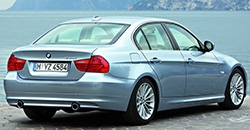
The old twin-turbo inline-6 lives on, however, in the new 335is coupe and convertible. This sport-tuned version produces 320 horsepower and 332 pound-feet of torque, with an overboost function that can briefly bump torque up to 370 lb-ft. We're guessing that the 335is will hit 60 mph in just a hair under 5 seconds. In many ways bridging the gap between 335i and M3, the 335is also features a sport-tuned suspension and exhaust, an aerodynamic body kit, sport seats and a chunkier steering wheel.

Otherwise, the 3 Series remains one of the most desirable vehicles on the road. Quite simply, no other entry-level luxury model can match the Bimmer's exquisite combination of athletic handling and premium ride comfort. Even the base suspension setup is more capable than most, while the Sport package gives it sports-car-grade cornering capabilities without the slightest hint of impact harshness. This sophisticated dual nature has often been imitated, but never duplicated.
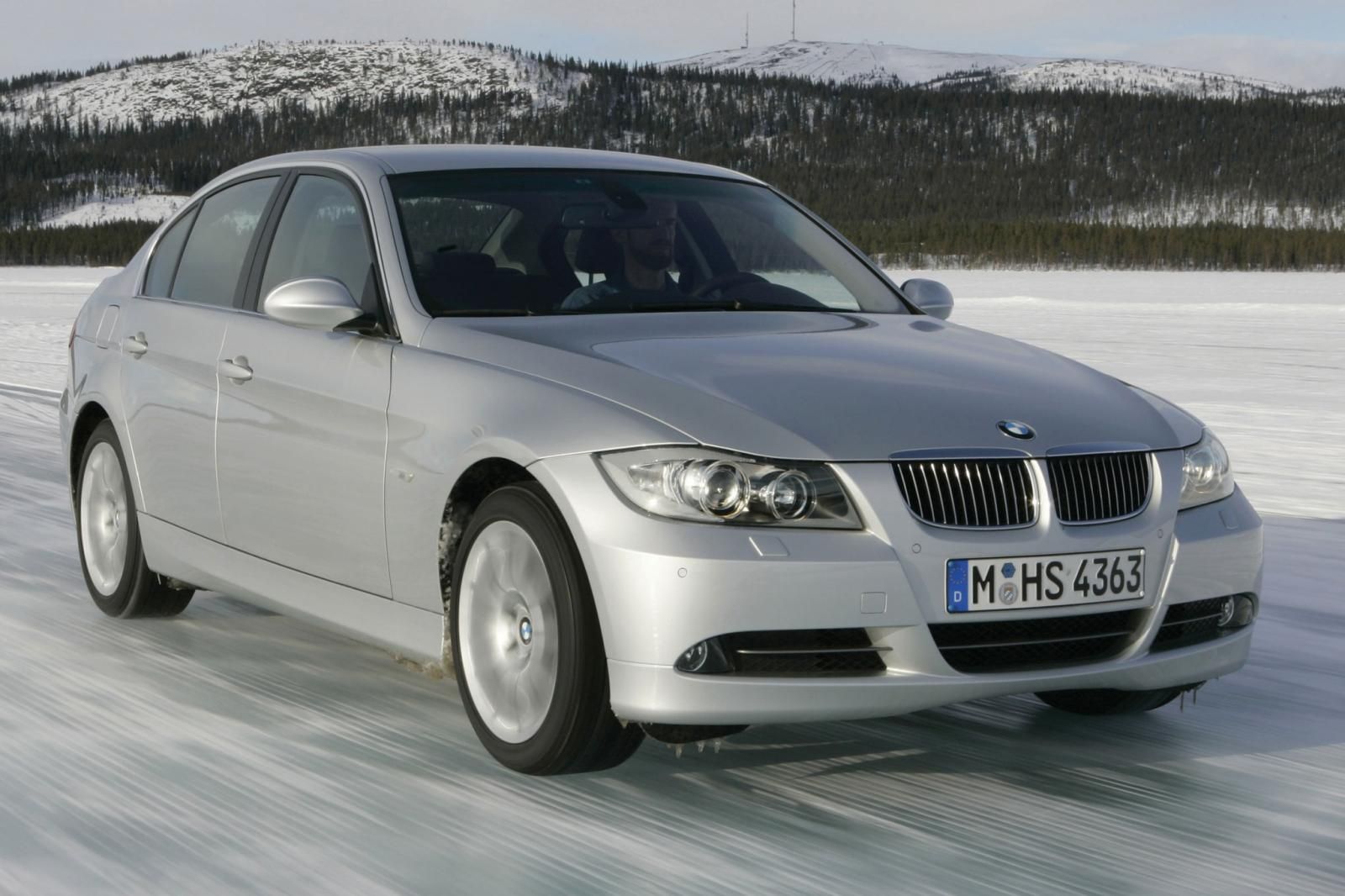
Automotive journalists like us often wax poetic about the 3 Series, but there's a reason for that: It's just that good. With the updates made this year, we see no reason why the 2011 BMW 3 Series should fall from its perch. Of course, there are worthy rivals and the 3 Series certainly doesn't provide the most equipment for your buck. The 2011 Audi A4 (and the 2011 Audi S5), 2011 Cadillac CTS, Infiniti G37 and 2011 Mercedes-Benz C-Class certainly deserve test-drives. But if you just make a single trip to the BMW store, we can't say we blame you.
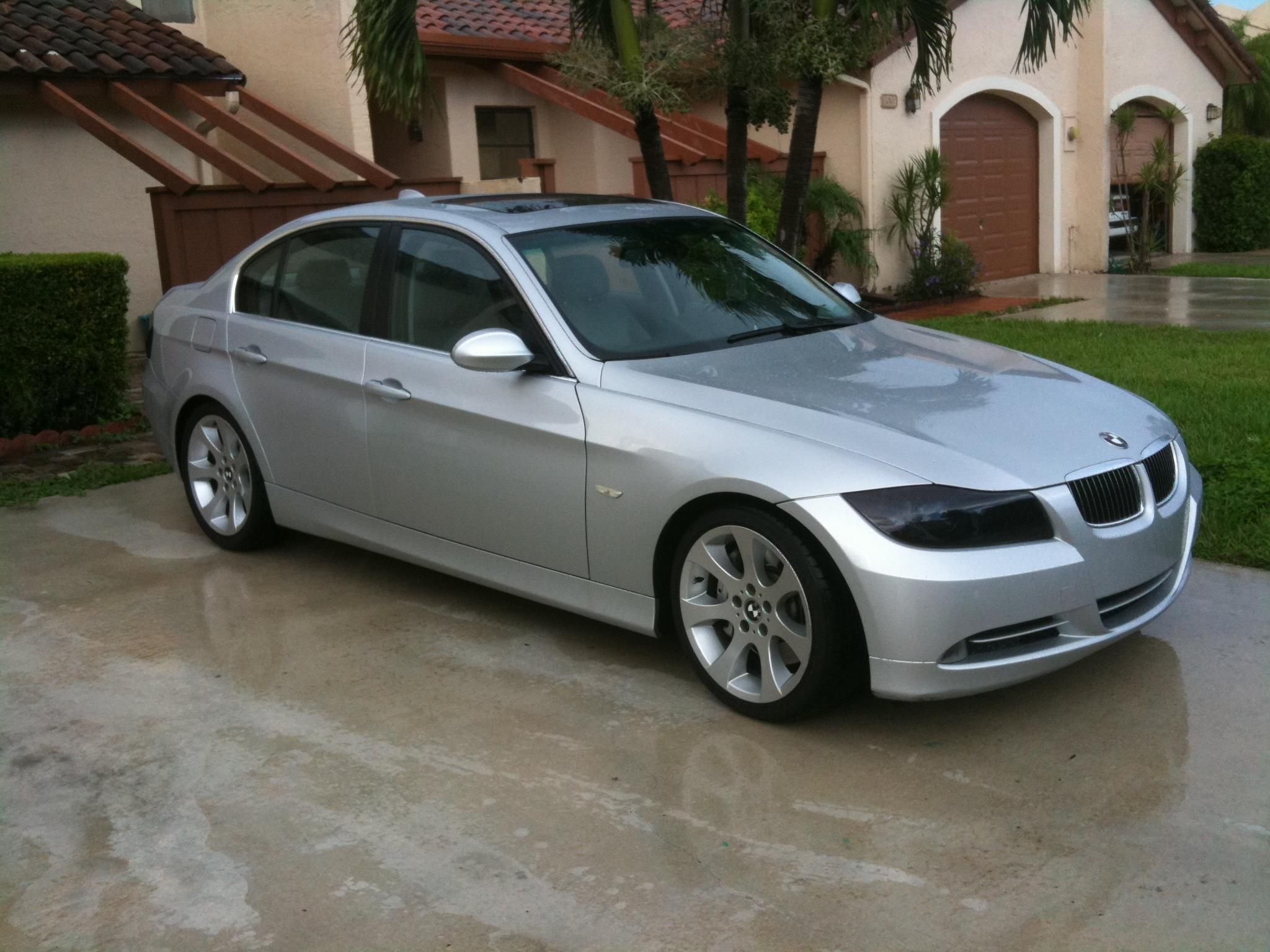
The 2011 BMW 3 Series is available in sedan, wagon, coupe and hardtop-convertible body styles. The base model for all styles is the rear-wheel-drive 328i, while the coupe, sedan and wagon also come in all-wheel-drive 328i xDrive guise. All but the wagon are available as the rear-drive 335i, and the sedan and coupe can be had in 335i xDrive form. The coupe and convertible are available as the sport-oriented 335is. There is also a diesel-powered sedan known as the 335d. Got all that?
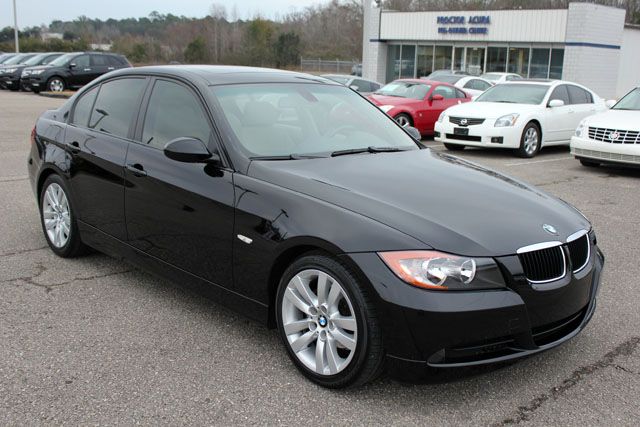
Standard equipment on the 328i models includes 16-inch wheels, heated side mirrors, rain-sensing wipers, automatic headlights, foglamps, "leatherette" premium vinyl upholstery, automatic climate control and a 10-speaker sound system with CD player, HD radio and an auxiliary audio jack. The coupe comes with a sport-tuned suspension, while the convertible gets a power-retractable hardtop, an upgraded stereo and power front seats with driver memory. Both two-door 328i's get 17-inch wheels and adaptive xenon headlights.
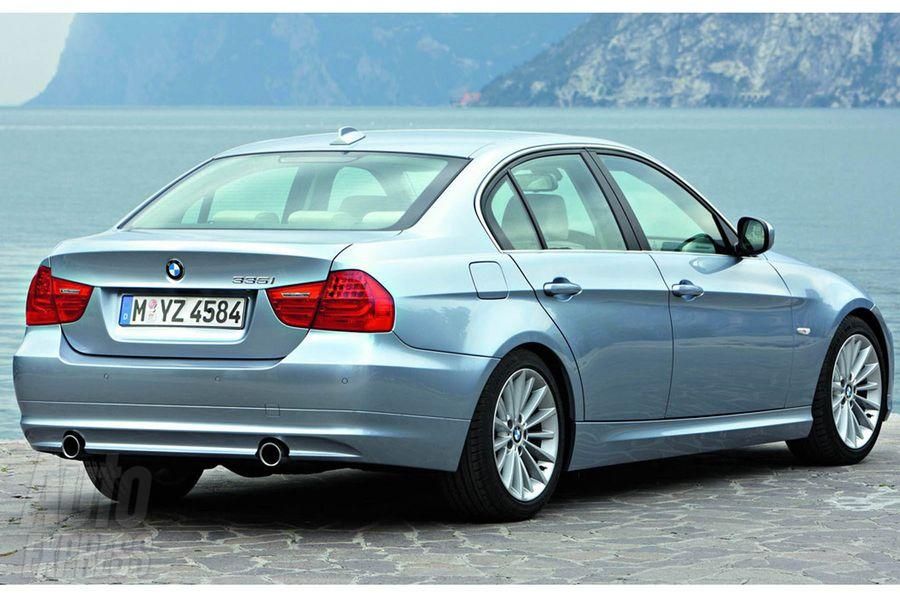
In addition to their different engines, the 335i and 335d add 17-inch wheels, adaptive xenon headlights (sedan and wagon), a sunroof (not convertible) and power front seats with driver memory. The 335is coupe and convertible get a more powerful engine, a sport-tuned suspension, 18-inch wheels, a special body kit, sport seats and a sport steering wheel.
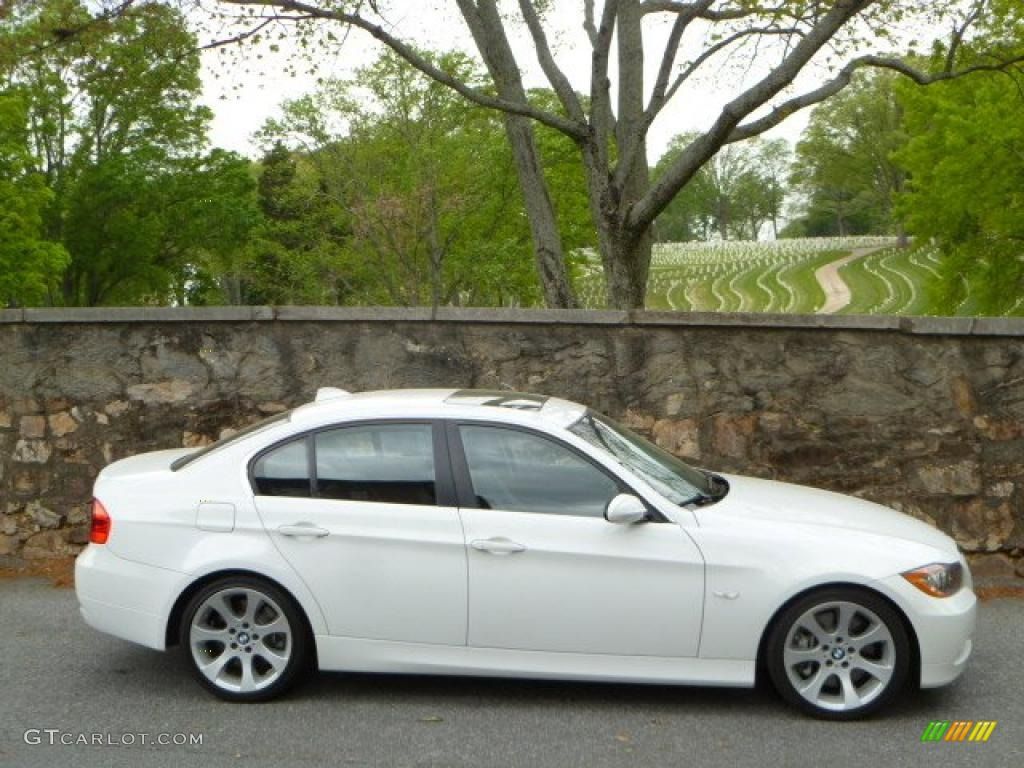
The Premium package adds leather upholstery (heat-reflective in the convertible), auto-dimming mirrors, Bluetooth connectivity, BMW Assist telematics and, on 328i models, a sunroof and power seats with driver memory. The Sport package (all but 335is) specifies the sport-tuned suspension for convertibles, sedans and wagons (the coupe already has this as standard) and all get larger wheels, the sport seats and steering wheel, and special "Shadowline" exterior trim. The M Sport package adds many of the 335is features.
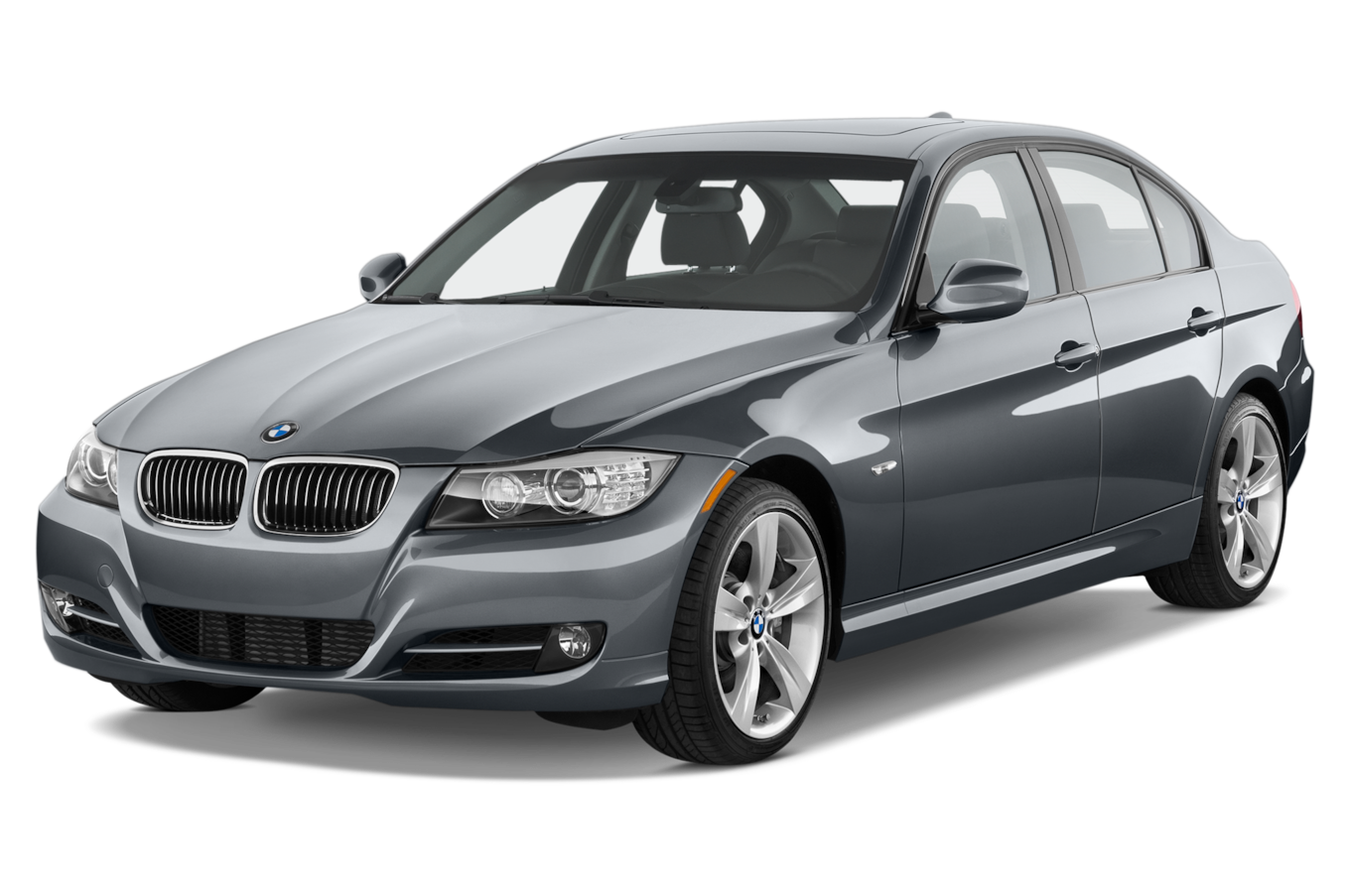
The Cold Weather package adds heated front seats, retractable headlight washers and fold-down rear seats (though the latter are unavailable in the convertible). The Convenience package adds adaptive xenon headlights (328i), front and rear parking sensors, power rear sunshade (not convertible or wagon), keyless ignition/entry and manual side window shades (sedan and wagon).

Most of the upper trim and package add-ons are also available as à la carte options. Other items include a hard-drive-based navigation system with the iDrive controller, active cruise control, an active steering system (335i and 335is only), a heated steering wheel, paddle shifters for the optional automatic transmission, satellite radio, an iPod adapter and a Harman Kardon surround-sound audio system.
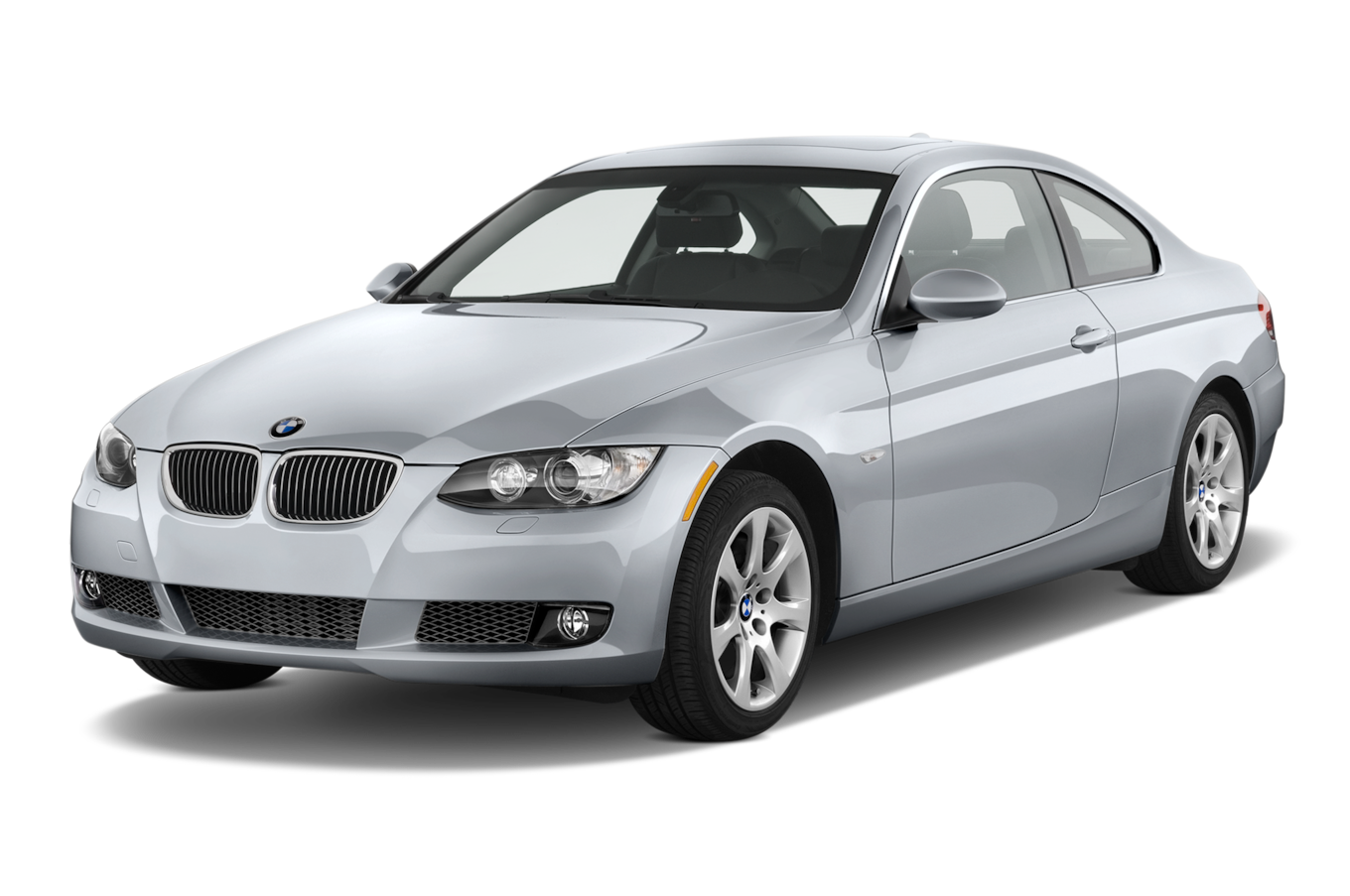
The 2011 BMW 3 Series comes standard with rear-wheel drive, but all models but the convertible, 335d and 335is can be equipped with xDrive all-wheel drive.
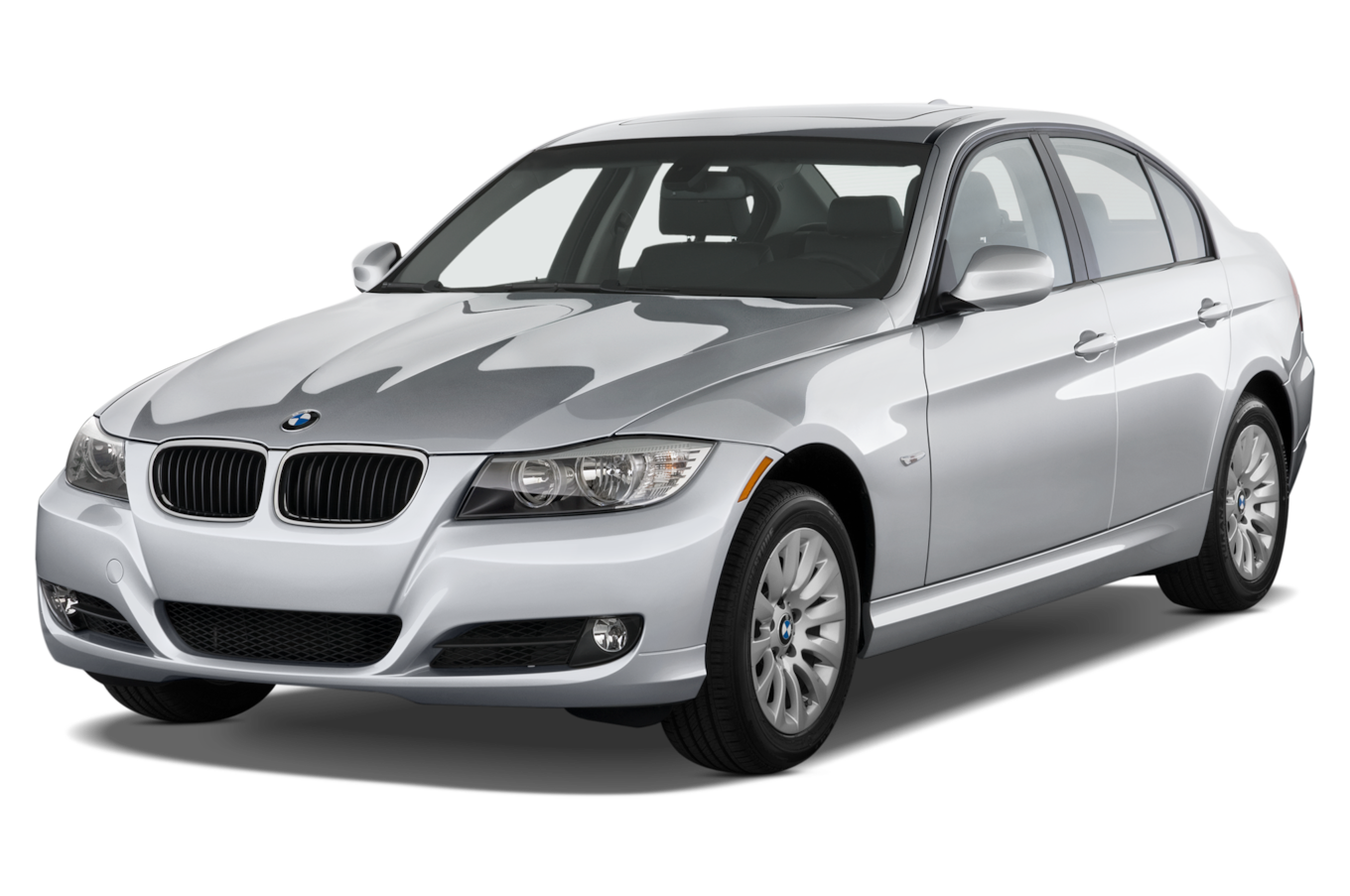
The 328i features a 3.0-liter inline-6 that produces 230 hp and 200 lb-ft of torque. A six-speed manual is standard and a six-speed automatic is optional. In performance testing, we clocked a 328i sedan with the manual from zero to 60 mph in 6.4 seconds, while the heavier convertible is a few tenths of a second slower. According to the EPA, fuel economy is an estimated 18 mpg city/28 mpg highway and 22 mpg combined. The wagon and/or all-wheel-drive models are a smidge worse.
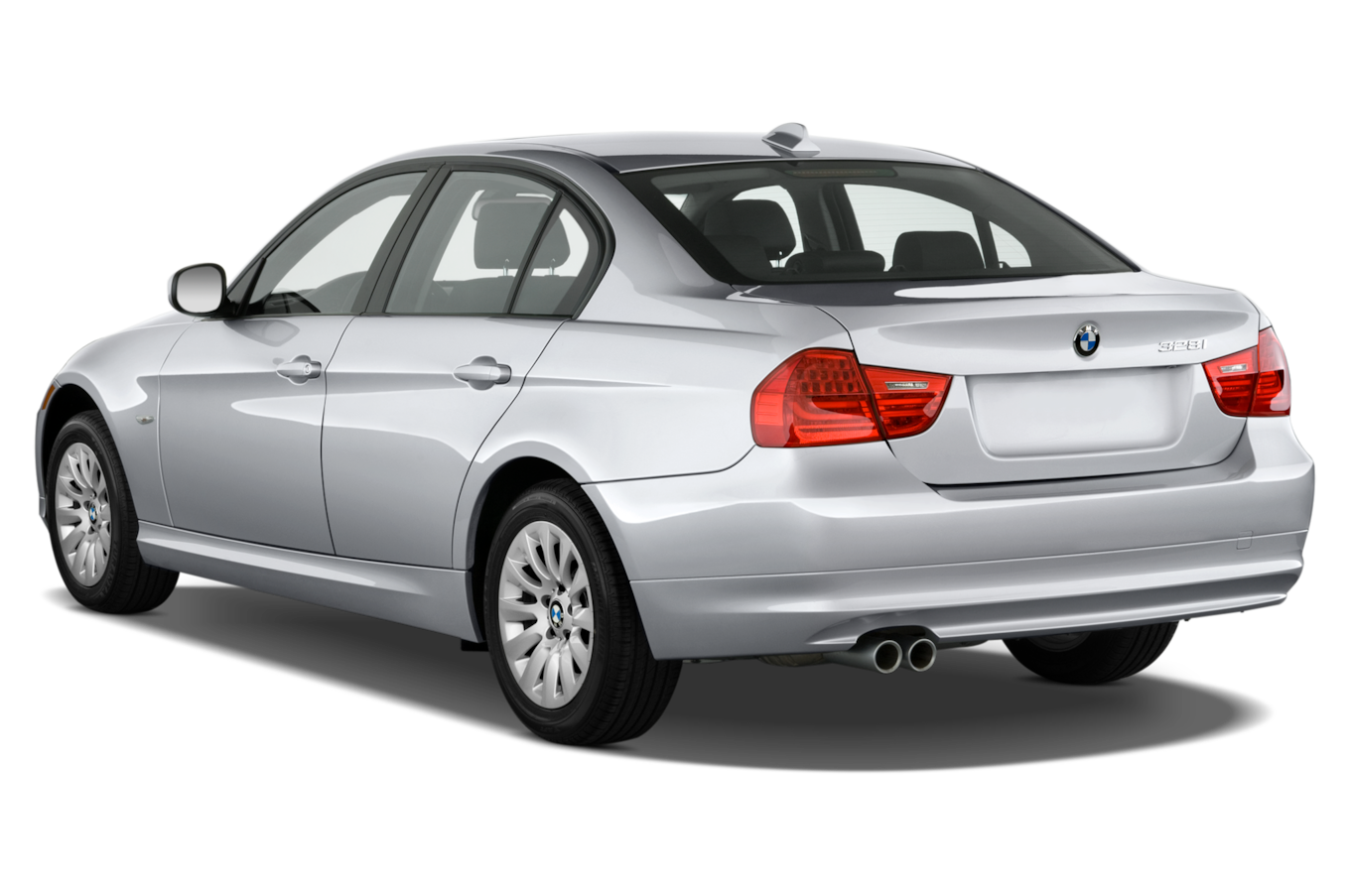
The 335i features a 3.0-liter turbocharged inline-6 that produces 300 hp and 300 lb-ft of torque. It gets the same transmission choices as the 328i. Although this engine is new, its power numbers are the same as before, so we doubt its 0-60 times would be much different than the approximate 5-plus-second times we recorded in the past. Fuel economy is now actually slightly better than the less powerful 328i, at 19 mpg city/28 mpg highway and 22 mpg combined.
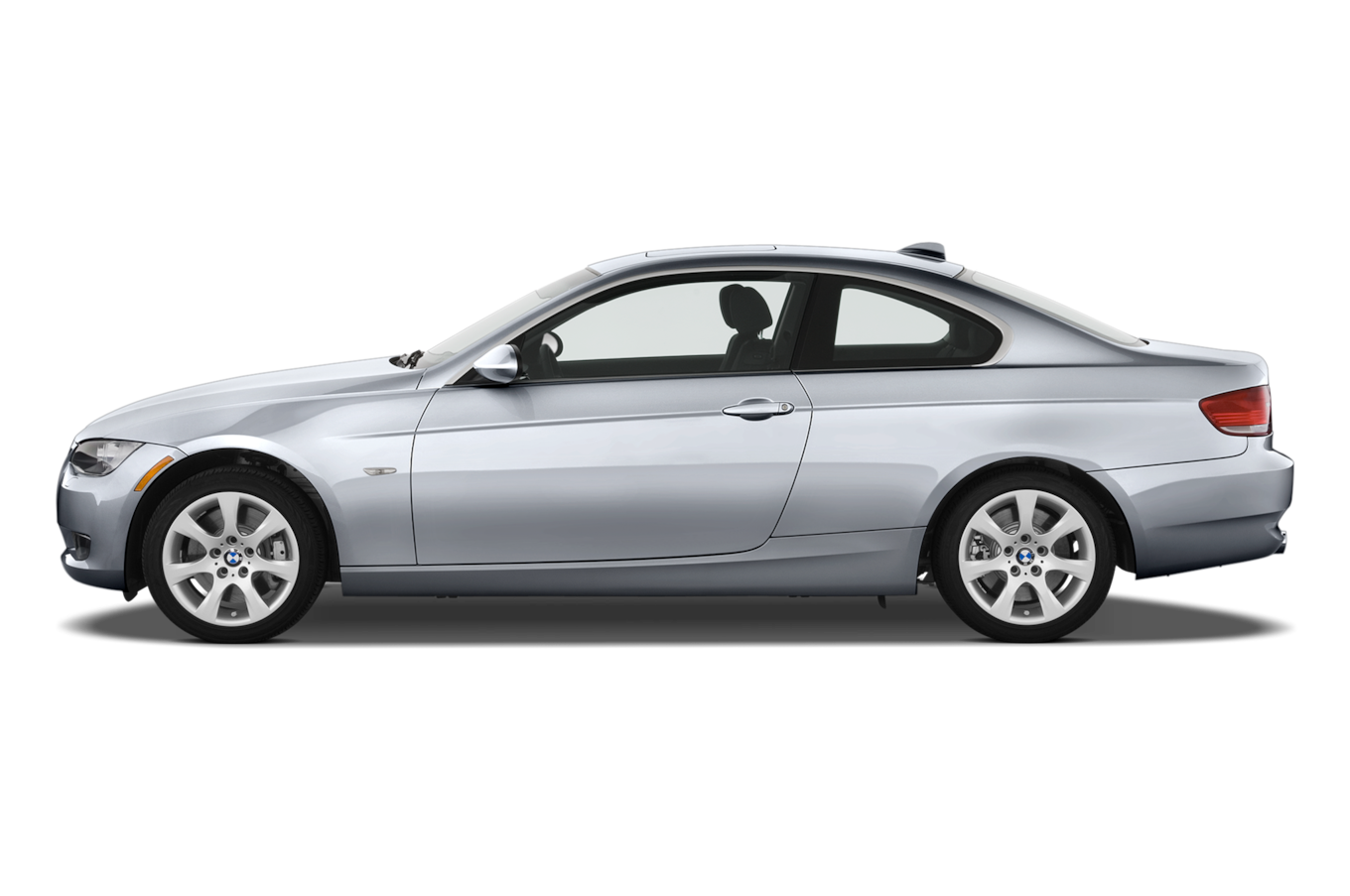
The 335is features a more powerful version of the 335i's previous twin-turbocharged inline-6, and produces 320 hp and 332 lb-ft of torque. There is a temporary overboost function, however, which bumps torque up to 370 lb-ft. A six-speed manual is standard, and a seven-speed automated dual-clutch manual known as DCT is optional. The 335is should be even quicker than the 335i. BMW's estimated fuel economy is 18/26/21 with the manual and 17/24/19 with DCT.
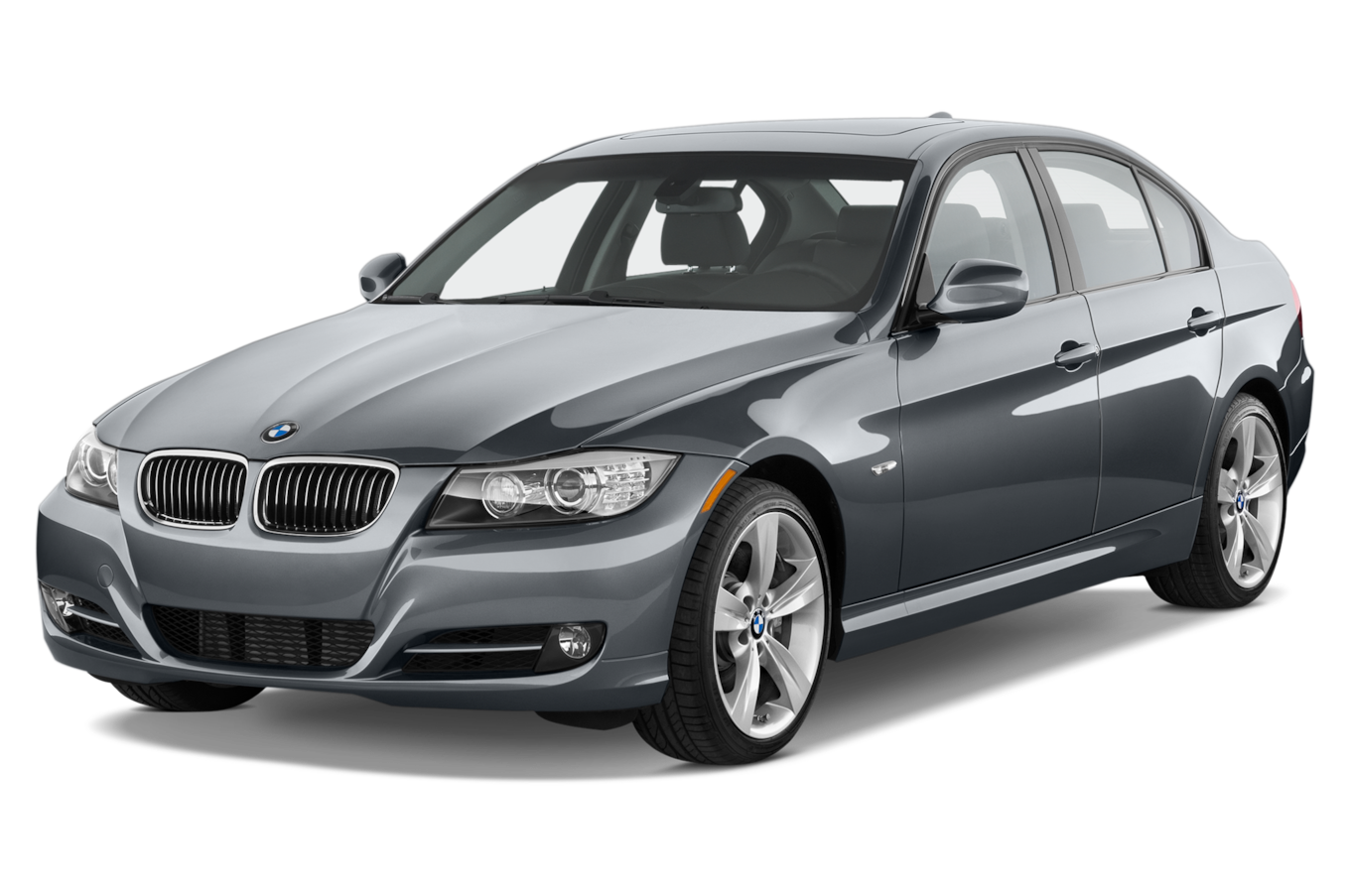
The 335d has a 3.0-liter twin-turbocharged diesel inline-6 that produces 265 hp and a massive 425 lb-ft of torque. A six-speed automatic is standard. In performance testing, we clocked the 335d from zero to 60 mph in 5.9 seconds. Its EPA-estimated fuel economy is 23/36/27.

Standard safety equipment on the 2011 BMW 3 Series includes antilock disc brakes, stability control, front-seat side airbags and full-length side curtain airbags. The convertible lacks the side curtains, but the regular front side airbags extend up to head level and there are also pop-up rollover hoops. The stability control system integrates several features designed to improve braking performance, such as periodically wiping the brake rotors dry when the windshield wipers are in use and automatically snugging the pads to the rotors when the driver abruptly lifts off the throttle. BMW Assist Emergency telematics are optional.
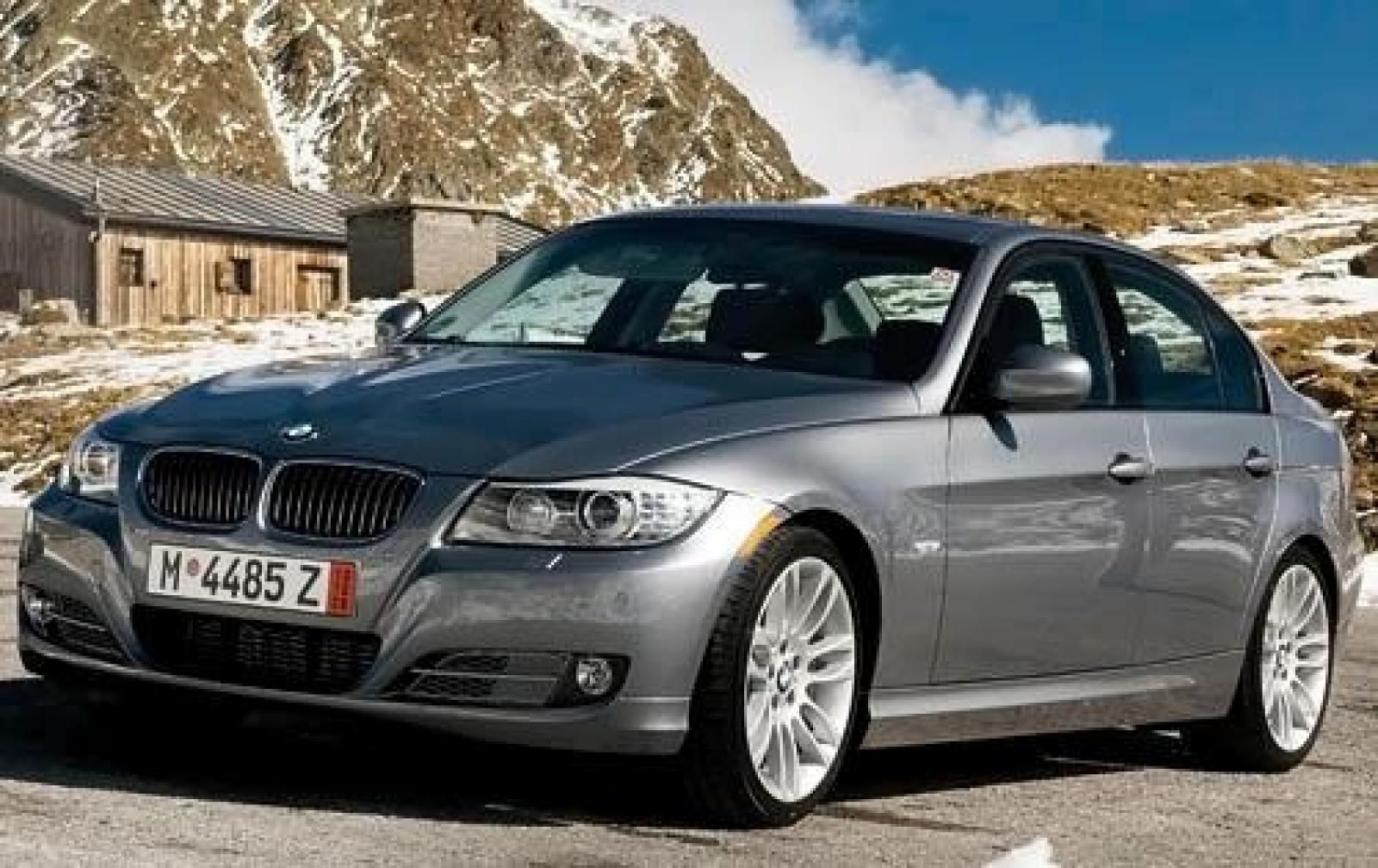
In government crash tests, the sedan and wagon received four out of five stars for frontal collision protection and five stars for side protection. The Insurance Institute for Highway Safety gave the 3 Series the top rating of "Good" in its frontal-offset crash test. The 3 Series also scored a "Good" for side crash protection except for the convertible, which received the second-lowest "Marginal" score.
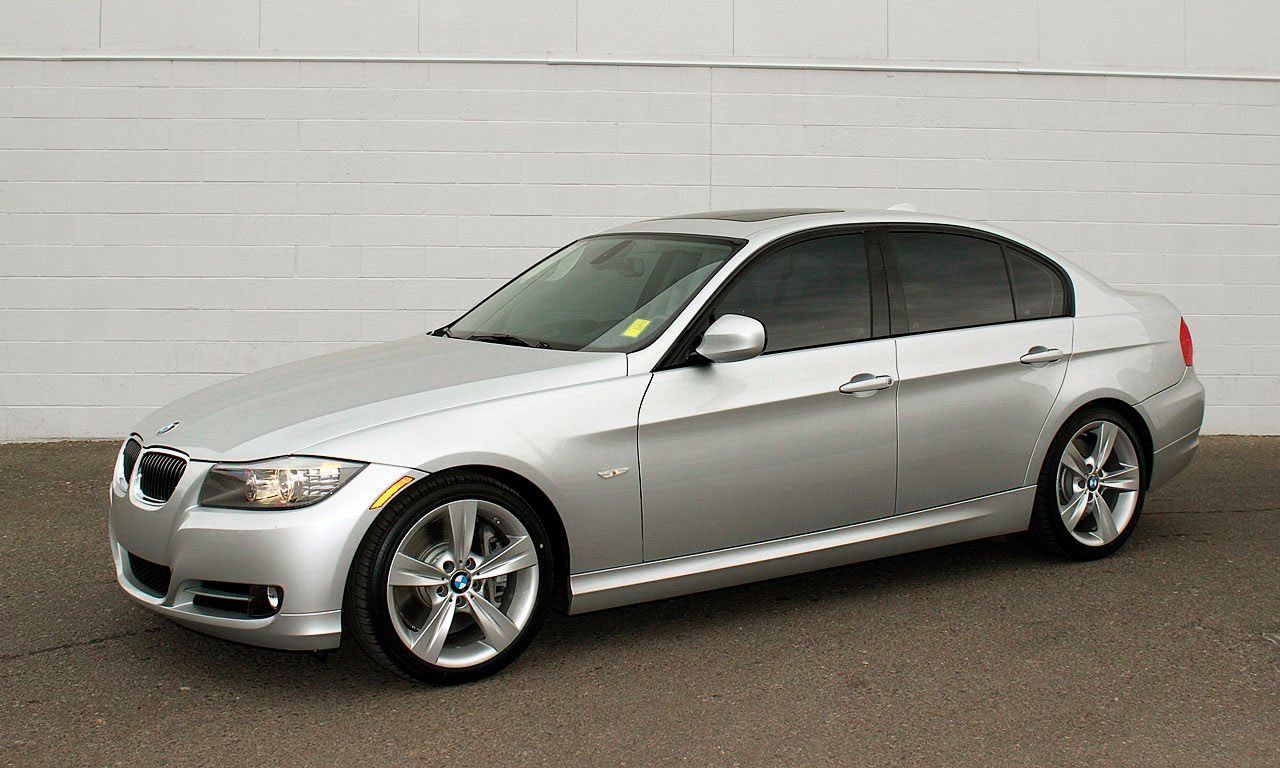
Driving is what the 2011 BMW 3 Series does best. The 328i's naturally aspirated inline-6 is otherworldly in its smoothness from idle to redline, and it has enough power to suit most tastes. Those in search of something more will be well served by the 335i, which maintains the 328i's refinement while adding a huge wallop of turbo torque that's always on tap. This year's new 335is doesn't feel much different from the regular 335i until you floor the throttle, at which point the overboost function provides a noticeable uptick in acceleration. For maximum mpg, the 335d is the car to get, and it serves up face-flattening torque off the line, too.
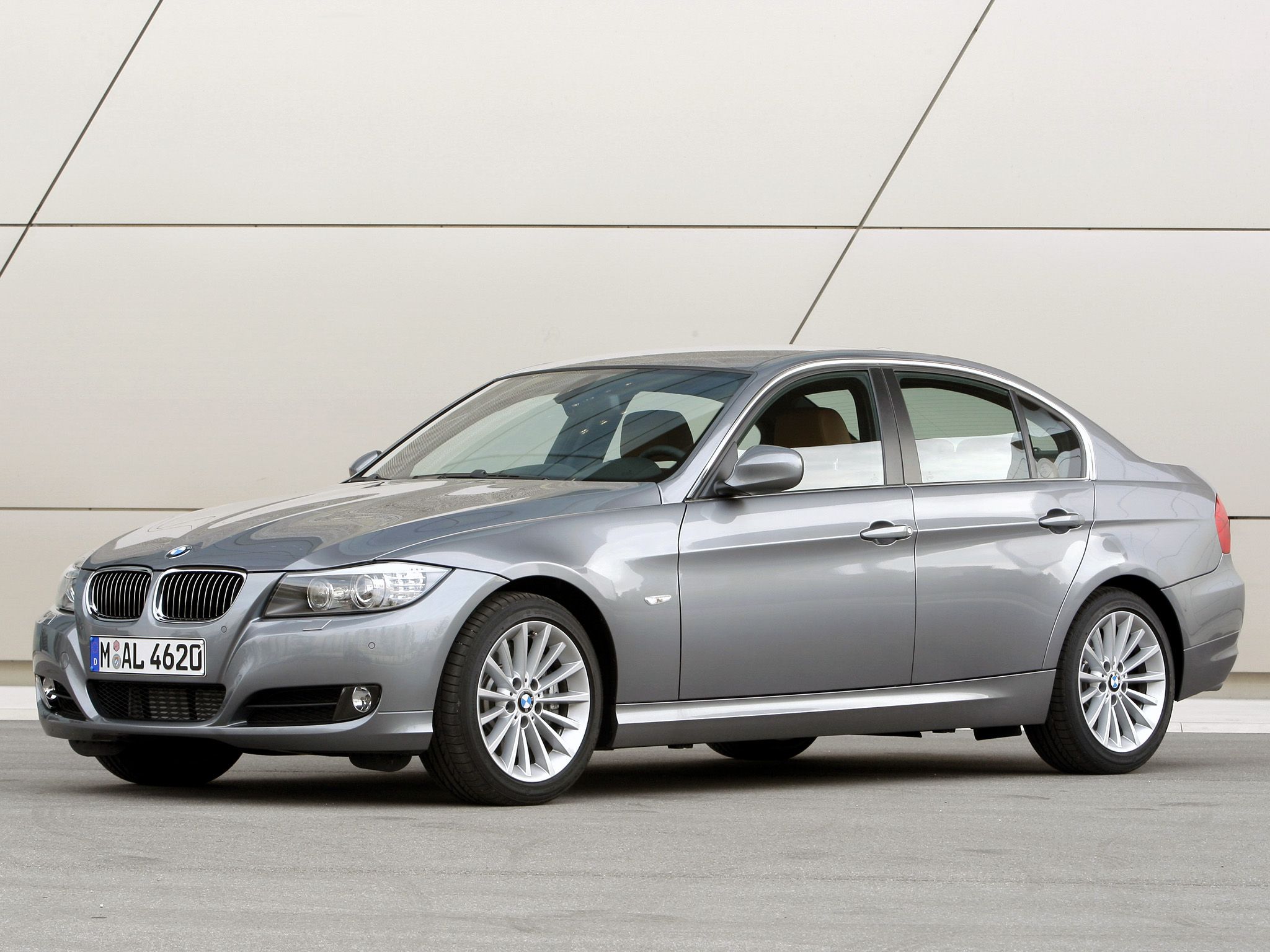
The 3 Series' sublime suspension, steering and brakes will provide endless, easily accessible entertainment. Sport package-equipped models can even keep pace with many genuine sports cars. At the same time, the 3 Series is a wonderful long-distance cruiser, boasting both a supple ride and a hushed cabin. The 3 Series' long-running double act is truly extraordinary: It speaks the language of driving enthusiasts, yet its upscale image and comfortable interior give it unrivaled mass appeal.
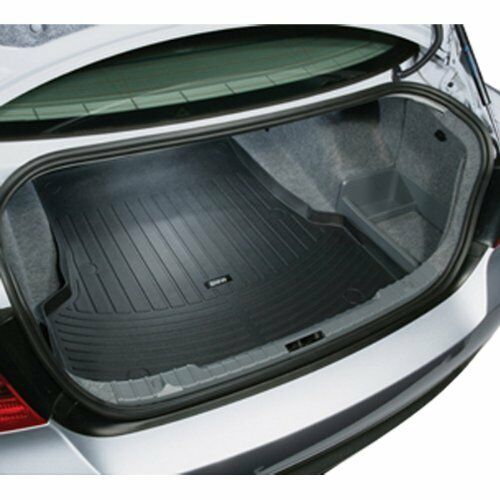
The 2011 BMW 3 Series interiors will be familiar to anyone who has spent time in a BMW product. Classic analog gauges, sensible ergonomics and a restrained overall aesthetic combine to create a pleasant driving environment, though there's less visual pizzazz here than in some rivals.

The base seats are comfortable and supportive, while the Sport package's purpose-built seats are even more so. Materials and build quality are exceptional; even the standard leatherette (vinyl) upholstery looks and feels better than one would expect. The convertible's available heat-reflective leather does a wonderful job of keeping occupants' posteriors cool. The recently improved iDrive electronics interface that comes with the optional navigation system is intuitive and one of the best interfaces of its kind.

The rear seats are adequately roomy for adults on shorter trips, but taller passengers will complain that their heads are crammed into the roof. Trunk space is average in sedans and coupes, while the wagon offers a maximum cargo capacity of 61 cubic feet. The convertible offers a reasonable cargo hold when the hardtop is up, but predictably shrinks considerably when the top is lowered.
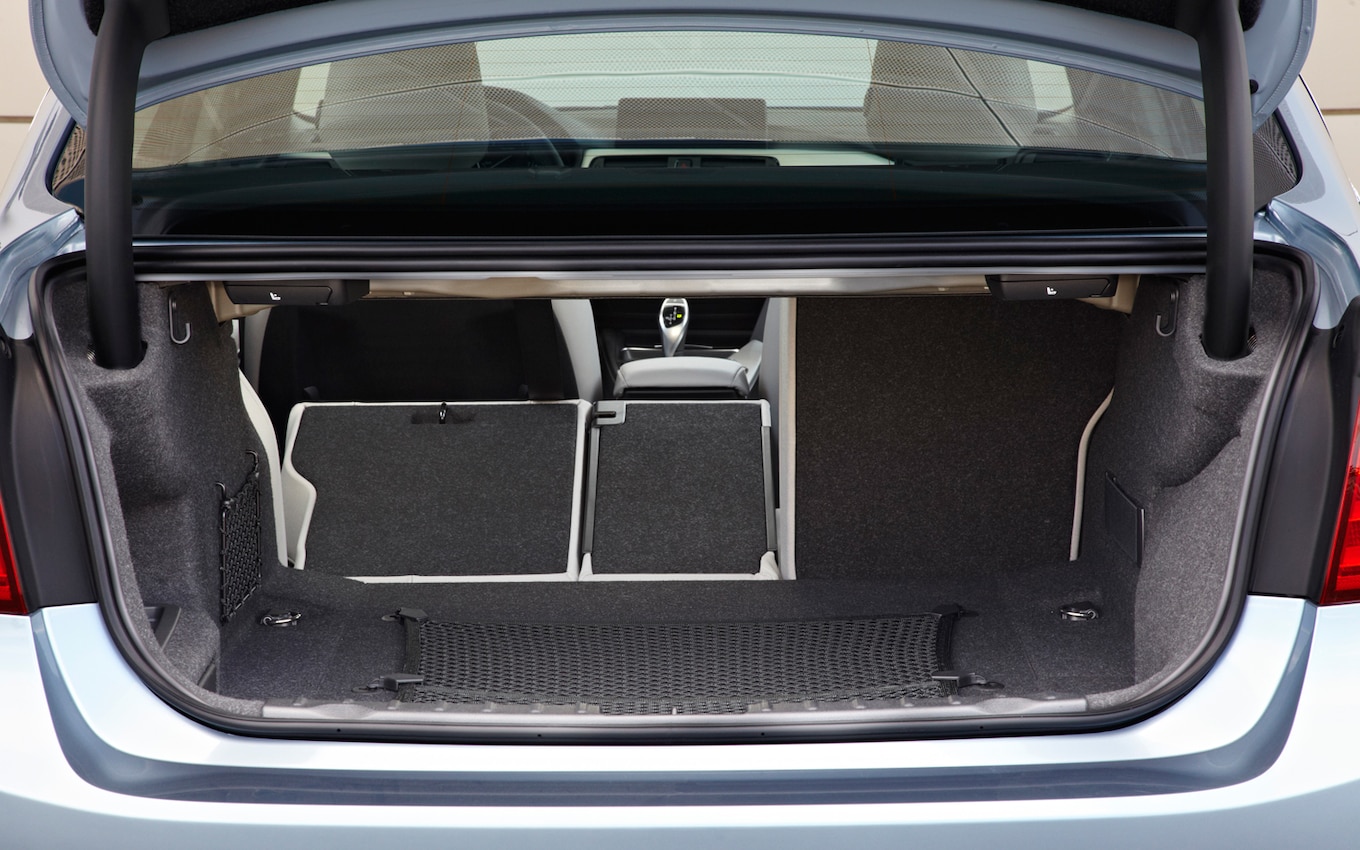
For the committed BMW aficionado or someone relatively new to the marque, the driving experience is key to realizing - and benefiting from - your substantial investment. If you live in an area not conducive to even the occasional full-throttle blast, forego the BMW. In fact, you should probably forego individual transportation all together. A balanced platform, communicative steering, composed ride and stop-on-a-deutschmark (now discontinued) braking make for one of the most entertaining experiences in the automotive realm. And with available all-wheel drive (xDrive) and diesel power, that ultimate experience or joy (take your pick) can now be experienced in the snowbelt or by the compulsive greenie. One note of caution: If you live in an area of the country where streets are poorly maintained, avoid the sport suspension. Its benefits on the smooth stuff won't offset its punishment on the rough stuff. Each 2011 BMW 3 Series model offers a 6-speed manual transmission or, for a fee, a 6-speed automatic. The only two exceptions are the diesel-powered 335d, which comes exclusively with the 6-speed automatic, and the 335is, whose optional transmission is BMW's 7-speed double-clutch automatic.

BMW DieselWe were inclined to suggest the base 3.0-liter six for its essential goodness, but defaulted to the TwinPower Turbo for its almost sublime explosiveness. And then we were reminded of rising fuel prices and the diesel's 36 mpg highway rating. With the thrust of a V8 and the economy of a four, it's the right powertrain for the car - and the obvious choice for the times. BMW's Ultimate ServiceIf you have the financial wherewithal to buy or lease a BMW, it's assumed you have the financial capability to weather the 4-figure service visit. Just because you can, however, doesn't mean you want to. A BMW may be about the joy of driving, but Ultimate Servce - where everything from oil to wipers to brake rotors are replaced free of charge (during the warranty period) - adds to the joy of BMW ownership.

Few, if any, carmakers know their brand DNA quite like BMW. The 2011 BMW 3 Series is longer, and the greenhouse - in relative terms - is less generous, but the basic 3 Series design rules apply: long hood, short rear deck, and good sight lines to better allow aggressive urban or suburban driving. The 2011 models benefit from modest updates to the front and rear, but these are modest - and do nothing to outdate their immediate predecessor.
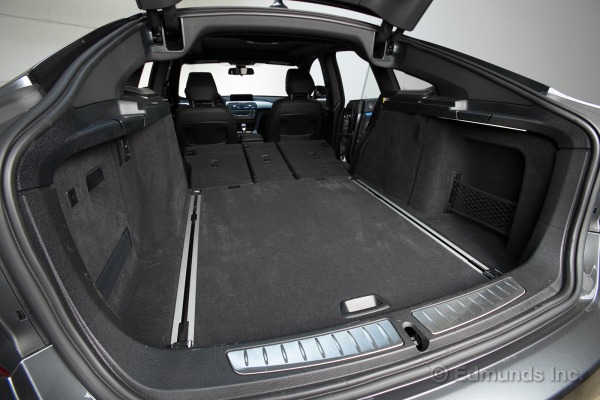
In each of its successive generations the BMW 3 Series grows incrementally. Happily, each growth spurt nets a small improvement in interior comfort. Most of that, however, remains with front seat passengers, who enjoy comfortable and supportive accommodation. The 2011 3 Series is more typically targeted at professional couples and/or youngish families, and is never intended to be the principal people mover. Young professionals and their families will be very happy with the accommodation. For those needing more utility, the Sports Wagon remains in the lineup, as does an all-new X3 SUV for 2012.

All BMW models come with a generous level of standard equipment, and all can absolutely kill you - or, at least, kill a budget - with onerous ad-ons in the option column. Choose the high-performance variant of the standard 2011 BMW 335i, the 335is, and you'll find yourself driving a sport derivative imbued with all that's good for the performance enthusiast. The 335is upgrades include 20 more horsepower - to 320 - from the TwinPower Turbo, and that power is controlled via Dynamic Stability Control and Dynamic Traction Control. And the "s" provides extensive use of aluminum in various suspension components, sport suspension calibration, and an aero kit. Mounted on 18-inch rims, the tires are staggered in width with 225/40s in front and 255/35s in back. Inside, if you grow tired of the sounds of BMW's twin-turbocharged in-line-6, you can turn up the standard HD audio.

While every imaginable option variance is available on a 3 Series, the 335is Coupe is the notable odd duck. You might reasonably expect leather to be standard on the 2011 BMW 335is Coupe, especially in light of a $ 51K base price. And you would be wrong. Leather - in a variety of attractive flavors - will cost $ 1,450, while the Premium Package, affording you a digital compass mirror, BMW Assist with Bluetooth, lumbar support, auto-dimming mirrors and a universal garage door opener will add $ 2,650. Separate options include navigation for $ 2,100 and Harman Kardon surround sound for a relatively reasonable $ 875.
It used to be so easy. A "328" designation conveyed a 2.8-liter displacement, while the "335" would indicate a capacity of 3.5 liters. Despite our disconnect with the nomenclature, we won't argue with the results. The normally aspirated 3.0-liter in-line-6 produces an ultra-smooth 230 horsepower and 200 lb-ft of torque. The 3.0-liter six fitted to the 335i models boasts twin turbochargers and 300 horsepower in standard guise, and 320 when you move up to the 335is. Finally, the 3.0-liter diesel, also an in-line-6, offers a 36-mpg EPA rating on the highway and 50-state certification. All can propel you from zero to jail in an amazingly brief sprint, and hang out all day on the autobahn - or your version of the autobahn. 328i Sedan & 328i xDrive Sedan / 328i Coupe / 328i Convertible /328i Sports Wagon & 328i xDrive Sports Wagon3.0-liter inline-6230 horsepower @ 6,500 rpm200 lb-ft of torque @ 2,750 rpmEPA city/highway fuel economy:328i Sedan: 18/28328i xDrive Sedan: 17/25 (manual), 17/26 (automatic)328i Coupe: 17/25 (manual), 17/26 (automatic)328i Convertible: 17/26 (manual), 18/27 (automatic)328i Sports Wagon: 17/26 (manual), 18/27 (automatic)328i xDrive Sports Wagon: 17/25 (manual), 17/26 (automatic)335i Sedan & 335i xDrive Sedan / 335i Coupe & 335i xDrive Coupe / 335i Convertible3.0-liter inline-6 twin-turbocharged300 horsepower @ 5,800 rpm300 lb-ft of torque @ 1,200-5,000 rpmEPA city/highway fuel economy:335i Sedan: 19/28335i xDrive Sedan: 19/26 (manual), 18/27 (automatic)335i Coupe: 19/28335i xDrive Coupe: 19/26 (manual), 18/27 (automatic)335i Convertible: 19/28335is Coupe / 335is Convertible3.0 liter inline-6 twin-turbocharged320 horsepower @ 5,900 rpm332 lb-ft of torque @ 1,500 rpmEPA city/highway fuel economy: 18/26 (manual), 17/24 (automatic)335d Sedan3.0-liter inline-6 twin-turbocharged diesel265 horsepower @ 4,200 rpm425 lb-ft of torque @ 1,750 rpmEPA city/highway fuel economy: 23/36
The good news: A 2011 BMW 3 Series can still be for a Manufacturer's Suggested Retail Price (MSRP) under $ 40,000. And given its build quality, no-cost maintenance during the warranty period and historically good resale value, it may be no more expensive to own than other sport sedans which mimic 3 Series attributes while rarely matching them. Starting at about $ 34,600 the 3 Series sedan is the least expensive of the variants, while the wagon starts at $ 37,000, the coupe at under $ 38,000 and the convertible hardtop at just over $ 46,000. For those preferring monthlies to check writing, BMW - in part because of its historically good resale - plays the leasing game about as well as anyone. Prior to your purchase, consult kbb.com's prices for a reality check of what's actually being spent by other 3 Series prospects.
Contrary to some opinions, BMW does not stand for Best Motors in the World company. Sure, BMW-branded automobiles are regarded as being some of the few engineering forms close to perfection, but the letters stand for something less boisterous and more good-natured: Bayerische Motoren Werke or Bavarian Motor Works.
The secret to their success does not lie in precise astrological predictions or mischievous and blatant employ of corporate espionage, but rather in a dedication to quality and constant pursuit of excellence. Unlike most of the auto manufacturers out there, BMW hasn't focused on a vehicle as a whole but started from its primary source of power, the engine, which has been perfected by generations of engineers over a close-to-a-century time span. The 'cardio-approach' BMW took resulted into obscenely efficient performance-happy engines that literally rocketed the company formed by Karl Friedrich Rapp in October 1913 straight to the sky.
Rapp's company, 'Rapp-Motorenwerke' - that would later become BMW - focused mainly on aircraft engines due to the large demand at the time, fueled by the imminence of Wold War I. Despite the need for aircraft engines, Rapp failed to sale his powerplants due to a reliability flaw caused by unwanted engine vibrations. However, his neighbor Gustav Otto, who was also the owner of an aircraft engine plant, enjoyed a great deal of success.
Struggles to keep 'Rapp-Motorwerke' afloat failed and, by 1916, Karl Rapp resigned under the weight of the financial difficulties that had been pressing against the factory's lungs for a few years. As in the case of other car brands, such as Bentley or Aston Martin, expected and highly predicable 'Hollywoodian' rescuers came along and fended off the threats. Austrian triumvirate formed by new company owners Franz-Josef Popp and financier Camillo Castiglioni relaunched the Motoren Werke by persuading Gustav Otto into a merger that would prove mutually beneficial. Thus, the 'Bayerische Flugzeug-Werke' or BFW was formed.
Shortly after the new entity was born, its name turned into the murmur of what would later become a shout-out for quality automobiles: BMW. By the time the 20's came with the Charleston and its afferent bizarre fashion sense, BMW had already developed a range of highly-appreciated airplane engines that had garnered tons of acclaim - especially after the 1918-improved Type IIIA engine successfully powered a biplane to the impressive height of 16,404 feet in a mere 29 minutes.
The beginning of the 20's also happily slapped BMW with its still unchanged to this day logo, mimicking the motion of a white propeller on a sky-blue background. While enjoying the heights of an appreciated and sought for brand, BMW was brutally pulled back to earthy existence once the World War was over. The Treaty of Versailles prohibited BMW from continuing its activity and the company switched to manufacturing air brakes for railway cars.
Forced by the Versailles-imposed conditions, the company found itself searching for other alternatives and soon enough came to focus on developing motorcycle engines. Over a two-year period of time (from 1920 to 1922), BMW built two motorcycle models, the Victoria and the Flink. Their success was consequently marked by the building of the first BMW factory, that would further kick the brand to new heights.
Although BMW motorcycles encountered sales problems due to defective suspension, the company still managed to hold a constant leading position in aeronautical engineering. By 1927 the company was the proud holder of just over one third of the aviation records of those time, with an astonishing 29 out of an overall 87. Two-wheeled vehicles quickly turned into four-wheeled ones in 1928, when the Austin license-built Dixi 3/15 rolled out the factory doors.
Only one year later, BMW made the headlines once again, this time by setting a new motorcycle-speed record through their Ernst Henne ridden 750 cc bike, that reached the speed of 134.65 mph (216.75 km/h).
Swinging from breaking world records to engineering innovations, BMW hit the bull's eye once more in 1932, with the launch of their new car model, the 3/20 PS. The 782 cc 4 cylinder powered car was the first one independently produced by BMW. Shortly after the waves of acclaim generated by the new machine, the company announces its next model, the 303 saloon, that would bring a persistent trait in all future BMW engine configurations: the 6 cylinder one.
Only years after the launch of the 303 in 1933, BMW continued its world record breaking streak, at the same time with the beginning of a new chapter in its cylinder-powered existence: the development of the company's first roadster, the 328 model (1936), and a row of motor sport wins over the following two years.
As time passed by, BMW got bigger and bigger and, shortly before the Wold War II outbreak, took over some more factories in the vicinity of Berlin. More motor sport wins were to follow, with Baron Fritz Huschke von Kanstein winning the Mille Miglia race in 1940s.
Needless to mention, war necessities threw the company into military equipment production policies once more. Despite the lengthy world conflict, BMW developed some of its greatest pieces of machinery, such as the R57 Wehrmacht military motorcycle, as well as the 109-300 jet engine which was one of the first jet engines in the world to enter mass production.
After recovering from the 1944 bombings that heavily damaged their plant in Munich, BMW received permission to repair Allied army motorized equipment at their plant in Allach. Due to BMW's versatility and need for mechanized faming implements and spare parts, the first BMW bicycle was born. Soon after the genesis of the leg-powered two-wheeled vehicle, BMW received a hard blow from the US army, that had ordered the dismantling of the Munich and Allach plants.
After a 5-year absence from the Germany industry, BMW returned in style. Crossing the ocean all the way to New York, BMW debuted their first motorcycle in almost 2 decades - following their last one at the beginning of the 40's. More success awaited in the line for BMW, as their R68 motorcycle model developed in the 50's quickly became a standard-setter among international motorcycle manufacturers. Meanwhile a previous model, the R67/2, reached the 100,000 threshold in 1953.
BMW receives further acclaims in the years to come, as it establishes itself as an engineering force to be reckoned with. The 1955 Isetta, powered by a 12/13 hp motorcycle engine, becomes a favorite among customers. The result? Over 160,000 units are sold, transforming the Isetta into a symbol of the post-war decade.
Besides coming up with newer models and bending technological improvements on their cars, BMW also held a privileged position among race winners around the world. After the development of the 507 and 600 models, BMW unleashed a shout of childish joy, grabbing an impressive win in the 1958 Austrian GP, through Ernst Hiller.
With the help of Herbert Quandt, BMW, still a share-owned company, is brought one step closer to independence. Exterior offers of selling or fusion were turned down despite the enormous profits such a transaction would have led to. The 700 model entered the production lines, together with the R69, BMW's top motorcycle line-up model.
The 60's brought a multitude of achievements with the 1500 and 1600 series, as well as a range of new sedans, the 2500, 2800, American Bavaria and the 2.5 CS and 2800 CS coupe models. BMW proved once more that it hasn't left its king-of-the-hill-of-racing spot, as Austrian racing driver Dieter Quester scored several victories in the Formula Two series (as well as a triple European touring car champion title in 1968, 1969 and 1977).
However, BMW did not stop there. After having bestowed a great deal of mechanics magic upon the world, the company resumed its entertainment through development and unveiled the 2002 Turbo model in 1973. Following the success of its earlier aircraft engine, the 2002 Turbo is one of the first ever turbos to enter mass-production.
Production lines that would become worldwide pieces of success soon came out, such as the 6 and 7 series and the recently reconstructed BMW M1 model. By the end of the 70's, BMW had dug deep into other car-improvement related fields as well, and electronics proved to be the perfect ground for growing BMW's next generation of computerized car devices. Economic fuel research then became top priority. Not only the company was quick in adapting to the fast-moving tendencies of those times, but it also became a steady and reliable supplier of armored cars for different private and public clients.
Racing never lost its fans, consequently BMW never lost enthusiasm in racing. The 80's marked (finally) BMW's involvement in Formula One racing. It was in 1983 that BMW was handed its first title in the series, with Brazilian driver Nelson Piquet becoming king of the Formula One World Racing Championship. At the same time, the 5 series entered a new enhancement stage and was gifted the 518i engine and the powerful M535i. 'M' set a new standard in power and stamina. The M5 and M3 models launched in 1985 and 1986 consequently joined the pinnacle of engineering accuracy and true power and beauty among sports cars enthusiasts.
Research started to be heavily reinforced and reached new uncharted areas through the employment of over 6,000 people. Once the Z1 one came along, the profits kept pile-up trend. Caring for the customer and staying ahead of competition was proof enough that BMW had turned into a true, mature brand. Expansion was inevitable and much like a Big Bang, BMW spreads across the world and inaugurated a new car plant in the US, namely in Spartanburg, South Carolina. The models that were in production at the time slowly received touring versions, which helped BMW cover an even larger slice of the market.
BMW would later reveal the Z8, a successor of the 507, who later made it to the movies. The world wasn't enough and so were BMW's achievements in their own vision. Since 1999, they have been constantly delivering performance vehicles or 'motorized attire' for their wealthy customers out there. Racing has remained a pleasurable and profitable hobby for the German marque, which emerged victorious in three consecutive FIA WTCC seasons from 2005 to 2007. Only recently, BMW engineers and designers paid homage to the M1 through a modern day replica of the sharp-angled 70's original. Sadly enough, the M1 will not be revived through mass production.
blanchardhomplever.blogspot.com
Source: https://www.mycarspecs.com/car/2011-bmw-3-series-sedan-328i
Posting Komentar untuk "2011 M Sport 328ix Specs Le Mans Blue"